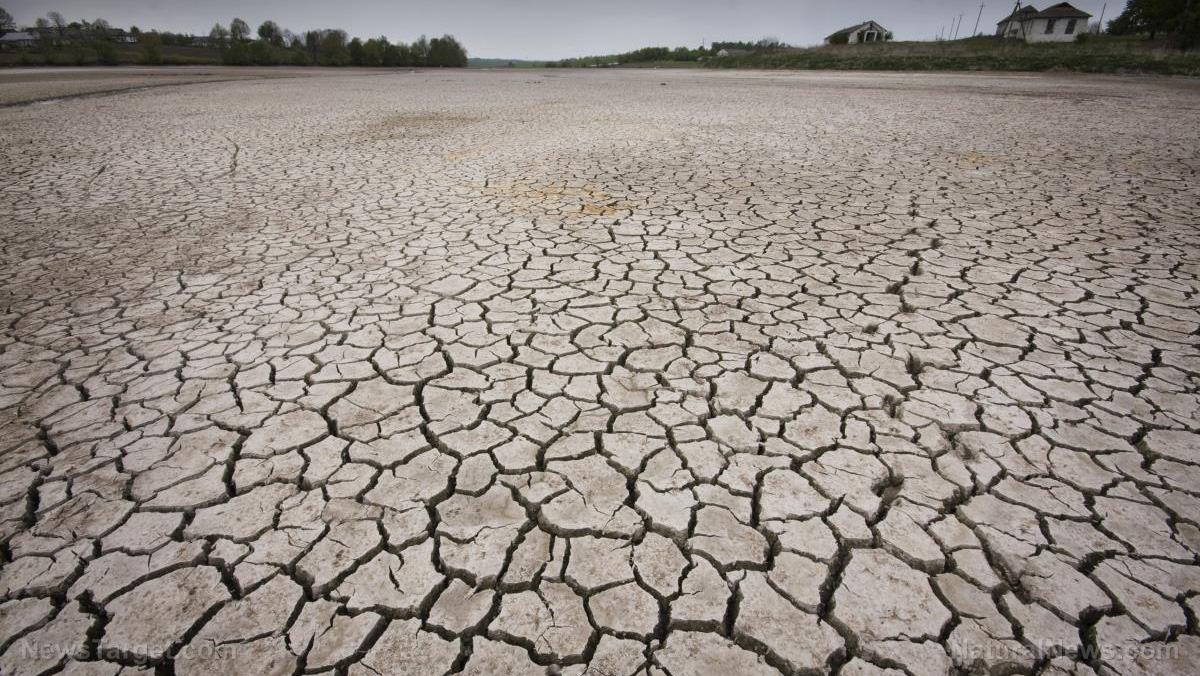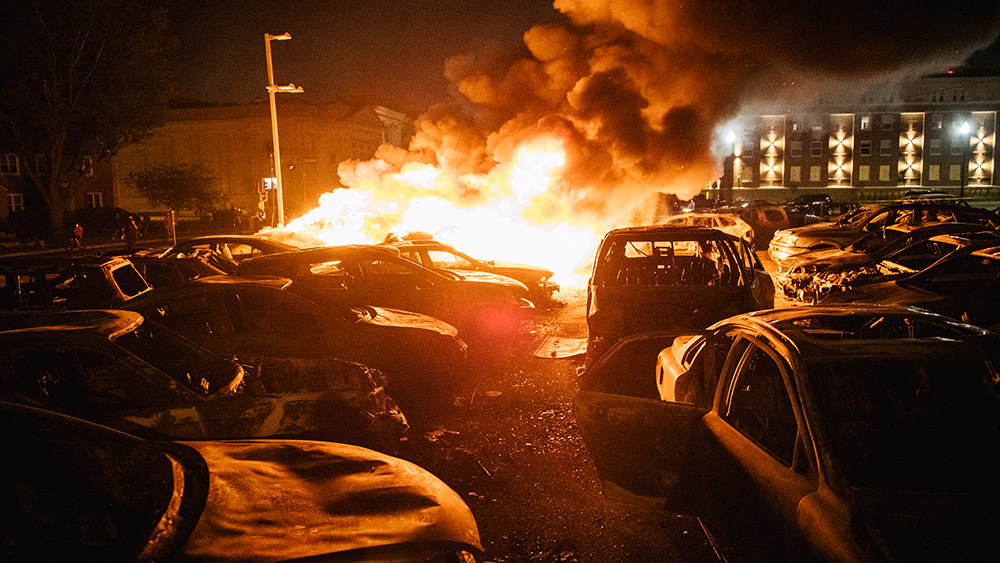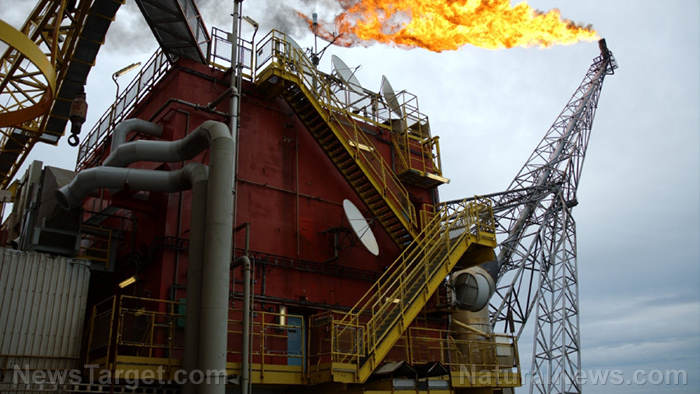Food shortages worse than Americans expect as omicron exacerbates supply chain crisis
02/02/2022 / By Mary Villareal

Food shortages in America are getting worse, and only a few know the real extent of it so far.
A farming insider recently noted that costs for fertilizers will make it impossible to profitably plant corn in 2022 as input costs for fertilizer, liquid nitrogen and seeds see a three to four-fold increase in prices. Consequently, many farmers are looking to drop corn and convert their farms for soybeans, which use less fertilizer to grow.
Further, there is already a shortage of soybean seeds, so there may be more grain shortages later in the year as many farmers plan to drastically cut corn acres to switch to soybeans. Corn shortage will also be concerning, as it is one of the foundational pillars of the American food supply: corn is one of the most basic ingredients in various products.
Egg Innovations, one of the biggest producers of free-range eggs, has been short-staffed for a year due to the pandemic, according to company CEO John Brunnquell. The omicron variant of Wuhan coronavirus (COVID-19) is making it difficult for him to keep workers in his business and across the industry.
Brunnquell also said that he can’t mandate vaccinations without taking a hit to his operations because the labor market is already very tight and they are already short on people. “I don’t feel I have the ability to mandate it without losing a couple more.”
Moreover, grocery stores still have empty shelves not only due to agricultural problems but also from the supply chain disruptions, the spread of the omicron variant and various winter storms. Weather-related events from snowstorms in the northeast to wildfires in the west have also impacted product availability and caused many shoppers to stock up, exacerbating supply problems even further.

Supply chain challenges growing
Food shortages in grocery stores have grown in recent weeks as omicron continues its spread. The winter storms have also piled on to the already struggling supply chain and labor shortage crisis. The nationwide shortages being reported are impacting produce, meat and packaged goods like cereal.
Some items are also harder to find or may cost more because of the rising inflation.
Albertsons’ CEO Vivek Sankaran spoke about the supply chain challenges during their company earnings call with analysts in mid-January, saying that as a business, they have learned to manage the challenges and to give the consumers as many choices as they can get.
Curt Covington, the senior director of institutional credit at AG America, shared that shortages depend on the item, store and region. “Shortages can be driven by supply chain issues, consumer behavior or environmental factors, so it’s hard to pinpoint what will be affected next,” he said.
More items are becoming scarce due to the global supply chain disruptions such as port congestion and shortages of truck drivers and service workers. Consumers also see a lot of empty shelves because the pandemic trends never abated, and are instead exacerbated by the presence of the omicron variant. (Related: World’s Soils in Sharp Decline; Global Food Shortage to Follow.)
Omicron is now raging in the U.S. and is raining health concerns that many thought were solved by vaccines. Bindiya Vakil, chief executive of supply-chain consultant Resilinc Corp, said that labor shortages due to omicron are going to exacerbate the food shortage issues.
Michigan-based grocery distributor and store operator SpartanNash Co. said that they are now seeing a three-fold increase in COVID-19 cases among its staff, with one percent of its 18,000-person workforce reporting to have contracted the virus in recent weeks, compared to the 0.33 percent a few months ago. (Related: More Americans preparing for coronavirus-related food shortage by buying up seeds for “pandemic gardens”.)
While the company has been able to fulfill orders, there are several delays reported. CEO Tony Sarsam said in an interview that fulfilling orders is becoming harder because they are asking people to work overtime, and they are stretching themselves. Furthermore, the company is having trouble getting supplies from food manufacturers, particularly processed items like cereal and soup.
More related stories:
Massive U.S. food shortage coming – get a backup supply ready RIGHT NOW.
Photos show alarming extent of food shortages in grocery stores across the nation.
Farming insider warns upcoming food shortages will be FAR WORSE than expected.
Food prices to rise as nitrogen shortage forces American farmers to scale back on fertilizers.
Huge number of food shortages predicted for 2022 by a variety of experts.
Watch the video below to learn more about food shortages.
This video is from the Dr William Mount channel on Brighteon.com.
Follow FoodCollapse.com for more updates.
Sources include:
Submit a correction >>
Tagged Under:
chaos, Collapse, covid-19, food collapse, food scarcity, food security, food shortages, food supply, grocery, labor shortage, omicron, pandemic, panic, products, raw food, starvation, supply chain crisis
This article may contain statements that reflect the opinion of the author
RECENT NEWS & ARTICLES
COPYRIGHT © 2017 COLLAPSE.NEWS
All content posted on this site is protected under Free Speech. Collapse.news is not responsible for content written by contributing authors. The information on this site is provided for educational and entertainment purposes only. It is not intended as a substitute for professional advice of any kind. Collapse.news assumes no responsibility for the use or misuse of this material. All trademarks, registered trademarks and service marks mentioned on this site are the property of their respective owners.





















